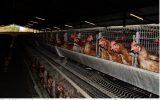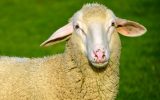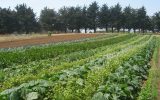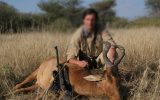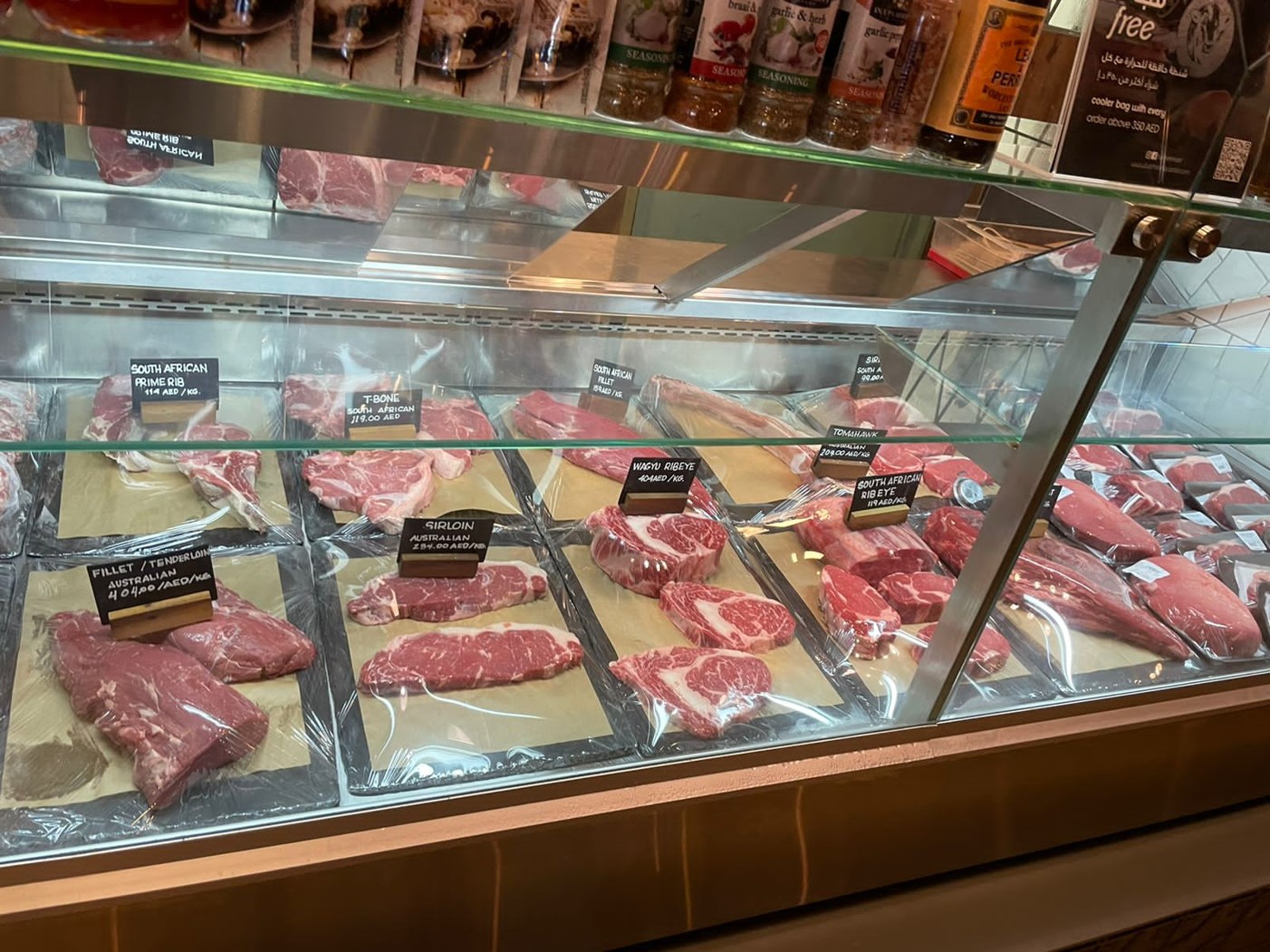The Middle East could be potentially considered to be an export target for beef and lamb. Well-known for its two large markets; the United Arab Emirates (UAE) and Saudi Arabia, which are both mainly dependent on food imports.
In a presentation titled “ considering the middle east market as an export target for beef and lamb”, Jannie Holzhausen of JC Holtz consulting revealed that the middle East presents a unique opportunity for Namibia as an export destination for its beef and lamb. He shared this during the agri outlook conference that was held last year in October. Jannie have been living in the UAE for 19 years where he conducts businesses. According to him, the UAE have about 10 million people while Saudi Arabia have a population of about 35 million people. However; due to their climatic conditions, they can`t produce sufficient foods on their own and they are mainly dependent on food imports.
Jannie have revealed that most food retail/retail chains buy their products from importers and then distribute them to stores. Packing and cold chain technology achieve a 120 – day shelf life at 0 degrees centigrade from Australia and New Zealand. Beef is well known to account for about 80 – 90% of sales. About 55% of beef sales in supermarkets are mince products. Mince 50 % and sausage 5% of which 60% is low-fat or less than 5% fat mince. 20 – 25 % of all beef sell in steaks and 15 – 20 % of beef is used for stewing.
As with lambs, it is associated to 10 – 20 % of sales. Indians and Arabic restaurants are recorded to use more lamb than beef. The bulk imports of lambs is rib racks, legs and shoulders. 70 % of legs are imported deboned to help with shelf life. Shoulders are imported as front quarters, butchered and cut up at retail into the roast and stewing meat.
According to Jannie, the opportunity that exists here for Namibia is that, the production cost of meat is cheaper in Namibia and South Africa than in New Zealand, Ireland and the USA that exports to these markets. Another unique opportunity for Namibia is the natural pastures. There is a strong movement in consumer sentiment towards grass-fed meat without added growth hormones or the routine use of antibiotics. Most sales are done through specialized importers that distribute directly to restaurants, hotels and cafes (HORECA).
Jannie however also highlighted that there might be some challenges that will be incur. Among some of the challenges is the lead time, supplying all-year at constant quality and price management. As with lead time, this may be the biggest challenge in exporting short-shelf life products from Namibia. Another challenge is with regard to supply, the dry period is a challenge to maintain the same quality and size of animals without extensive feedlot application. “Clients can be very unforgiving of quality or quantity variation”, he stated.
Jannie also cautioned that the following key requirements should be met, if one would be interested towards supplying to the Middle East. All meat products must be Halal. Halal certification must be approved by the UAE or Saudi Authorities. Abattoirs have to be approved with European Union standards or similar and a secure cold chain from abattoir to destination have to be in place.




